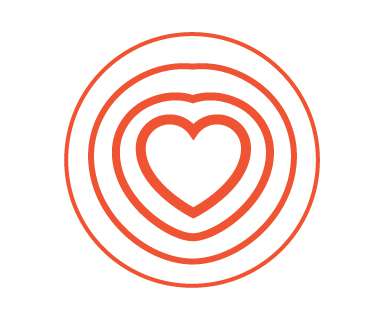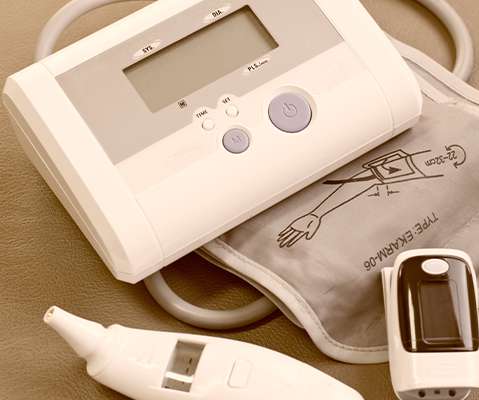Health Consumers Value Sharing and Downloading Health Data, But Privacy Concerns Remain
Health Populi
SEPTEMBER 21, 2020
adults 18 and over to determine peoples’ perspectives on personal health information in light of their pandemic era experiences. This study re-confirms the current state of the health consumer who has a “concerned embrace” of technology. That brings us to another of the four health citizenship pillars: trust.




















Let's personalize your content